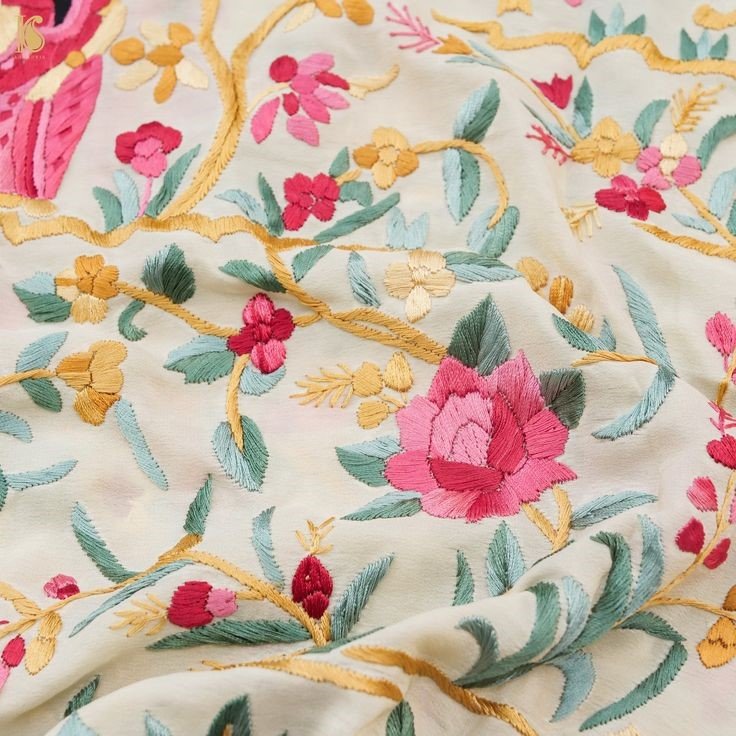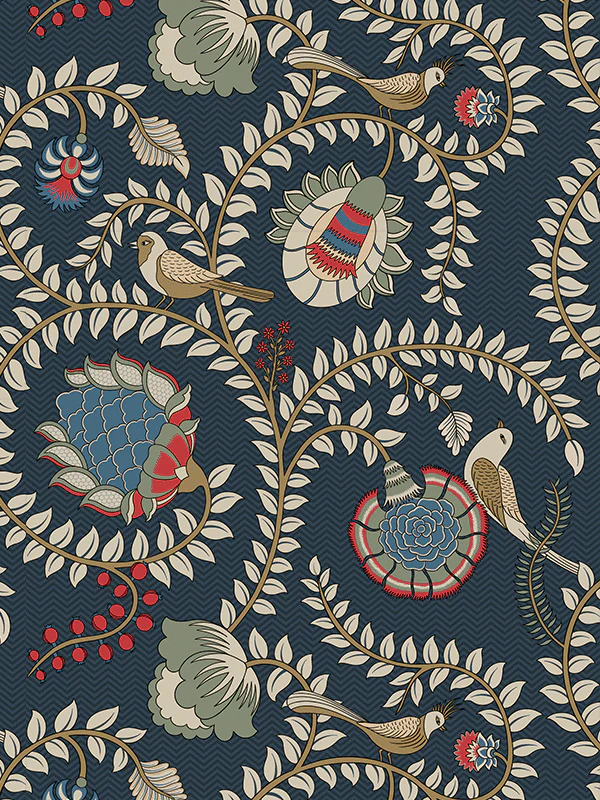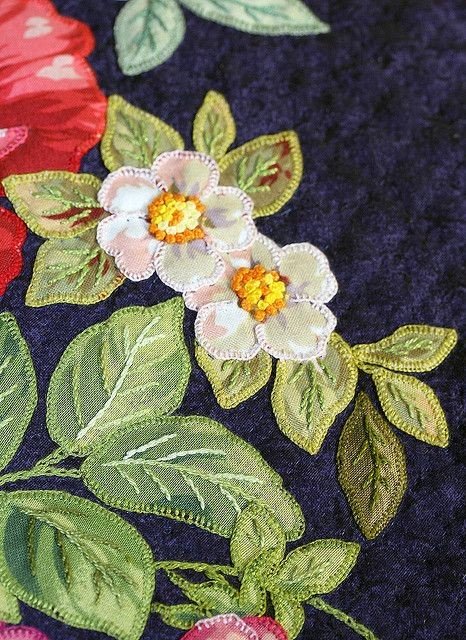
Parsi Gara sarees are renowned for their beautiful, detailed embroidery. Gara was brought to India by Parsi traders who had previously traded with China. The classic Chinese garas were exceedingly heavy to wear since they featured embellished borders on all four sides. Violet and purple were the colors. The fascinating art form of Gara Parsi embroidery comes from the indigenous Parsi community of India.
It is a beautiful blend of creative skill and cultural legacy. Gara embroidery embodies history and sophistication, telling a complex story of delicate designs and vivid hues, much like a tune crafted with the finest strands. Every stitch, a reminder of the delicate artistry of olden times, gives the fabric vitality and graces it with the classic charm of plants and animals. With each precise puncture, the needle becomes a storyteller, imprinting the folklore of a former period onto the canvas as deft fingers dance across it.
The complex designs reflect the complex blending of Persian and Chinese influences, giving the fabrics a feeling of transcultural identity.
Traditionally, satin or fine Chinese silk are used for the embroidery, which provides a spotless canvas for the detailed stitching.
The artists carefully copy the pattern onto the cloth, leaving their stamp on the elaborate motifs that represent natural phenomena, including blossoming flowers, fluttering birds, and lucky symbols, all of which have deep symbolic meaning.
They delicately craft the elaborate patterns using thin silk threads in a variety of hues, using methods like satin stitching, French knots, and subtle seed stitches to give the intricate motifs life.





2 Comments